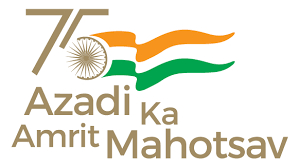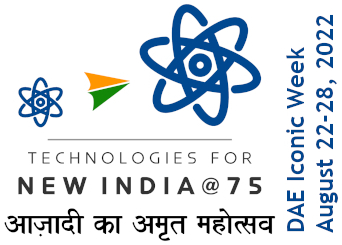Biographical Memoirs :: MEGHNAD SAHA
Saha's early lectures to the post-graduate classes covered diverse subjects such as hydrostatics, the figure of the earth, spectroscopy, and thermodynamics; and he was in charge of the Heat Laboratory. Many of the subjects were new to him - he had taken physics in the undergraduate classes only - but this only served to stimulate his dauntless spirit all the more, and he studied the new subjects, specially thermodynamics and spectroscopy, with great avidity and zest. It was fortunate, as he often recalled in later life, that about a year earlier he had come across Miss Agnes Clerke's two popular books on the sun and the stars.
These books fascinated him greatly and gave him some idea of the main problems in astrophysics. He now read, amongst other books, Planck's Thermodynamics and Nernst's Das Neue Warmesätz, and he was familiar with the papers of Bohr and also Sommerfeld on the quantum theory of the atom. All this in a sense paved the way for his epochal work on the thermal ionization of elements. More will be said about this presently.
Shortly after the end of the First World War there was announced the momentous discovery of the deflexion of starlight by the gravitational field of the sun, confirming Einstein's theory of general relativity. Saha got deeply interested in the relativity theory. He, jointly with S. N. Bose, prepared an English translation of Einstein's papers, later published in the form of a book by the University of Calcutta. The study of relativity led Saha to some investigations in electromagnetic theory and his first original paper entitled `On Maxwell's stresses' appeared in the Philosophical Magazine in 1917. This was followed by papers on the dynamics of the electron. He derived, on the basis of the special theory of relativity, the Lienard-Wiechert potential due to a point-charge. During these years he also worked on radiation pressure, and in 1918 (with S. Chakravorti) he published in the Journal of the Royal Asiatic Society of Bengal (Calcutta) a paper on the measurement of the pressure of light, using a resonance method. Though Saha had little real skill or aptitude for practical work, he always took the keenest interest in and gave every encouragement to experimental work going on in his laboratory, and often suggested fruitful problems for investigation. He held that in a progressive department of physics, research should be vigorously pursued in both theory and experiment, and a high place given to serious and good teaching. Saha's first work in astrophysics, and it was a very important one, was the formulation of the concept of selective radiation pressure, and the recognition of its role in the relative distribution of the elements in the solar atmosphere. (He had read in Agnes Clerke's book about the `hypothetical levitative force' which apparently acted on atoms of some elements only, e.g. calcium.) A short note `On radiation pressure and the quantum theory' appeared in the Astrophysical Journal in 1919. A detailed paper communicated to the same journal was for some reasons - partly the length of the paper - not accepted for publication, and it was published in the relatively little known Journal of the Department of Science, Calcutta University. Saha did not pursue the subject of selective radiation pressure further. It was raised to an entirely new level by E. A. Milne. In 1918 on the basis of his work in the field of electromagnetic theory and radiation pressure, Saha was awarded the D.Sc. degree of the Calcutta University. His examiners were O. W. Richardson, N. R. Campbell and Porter.




